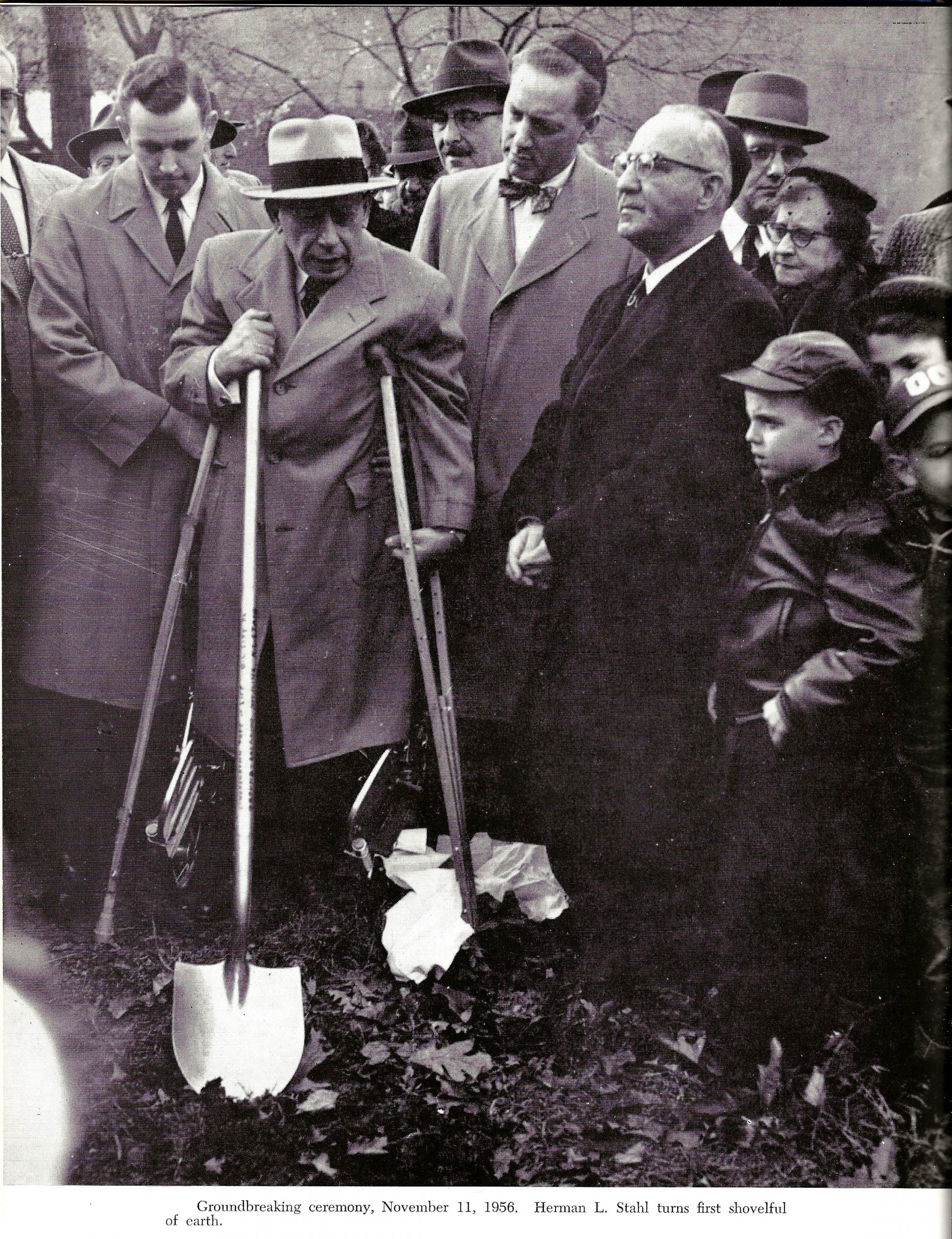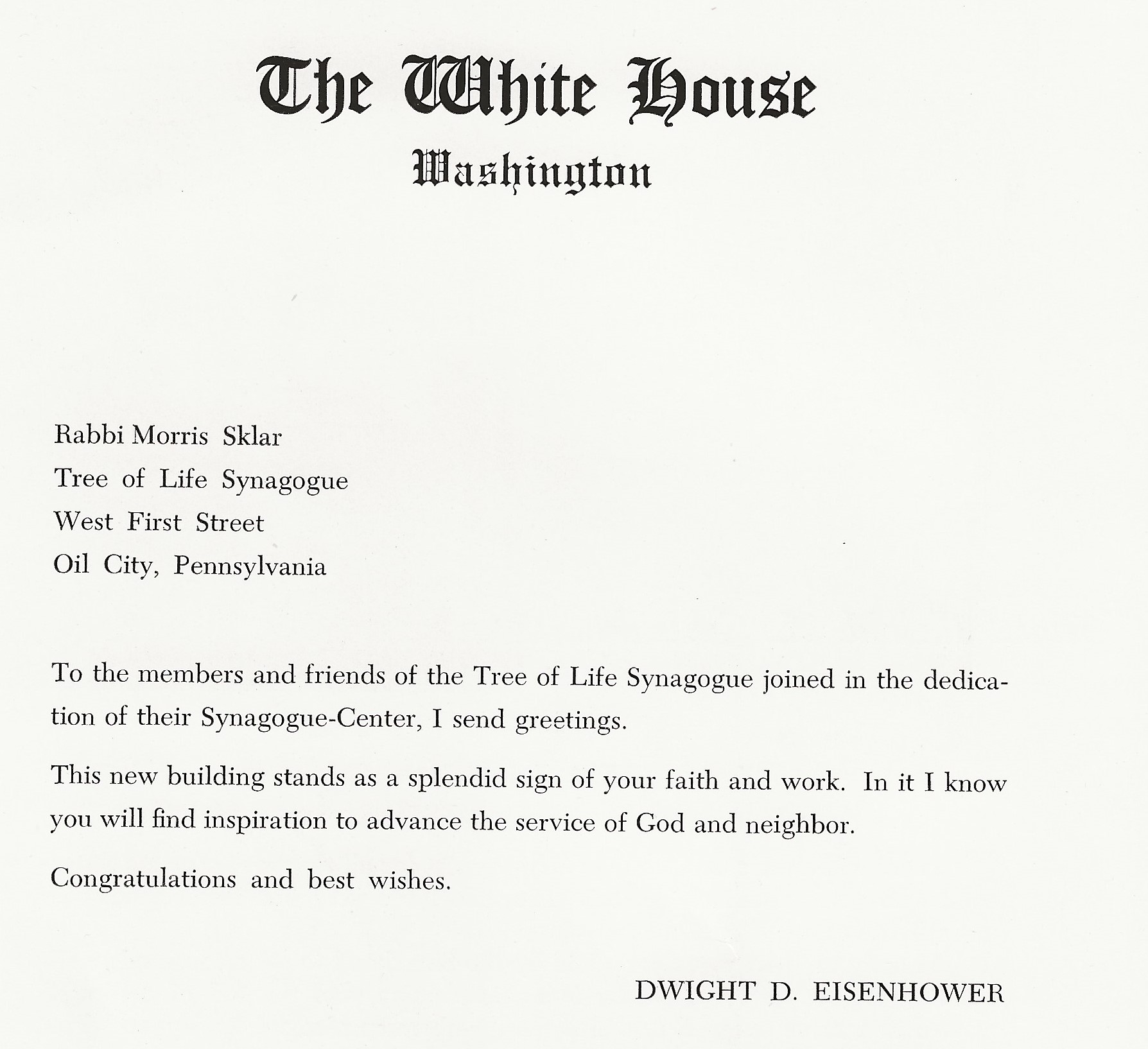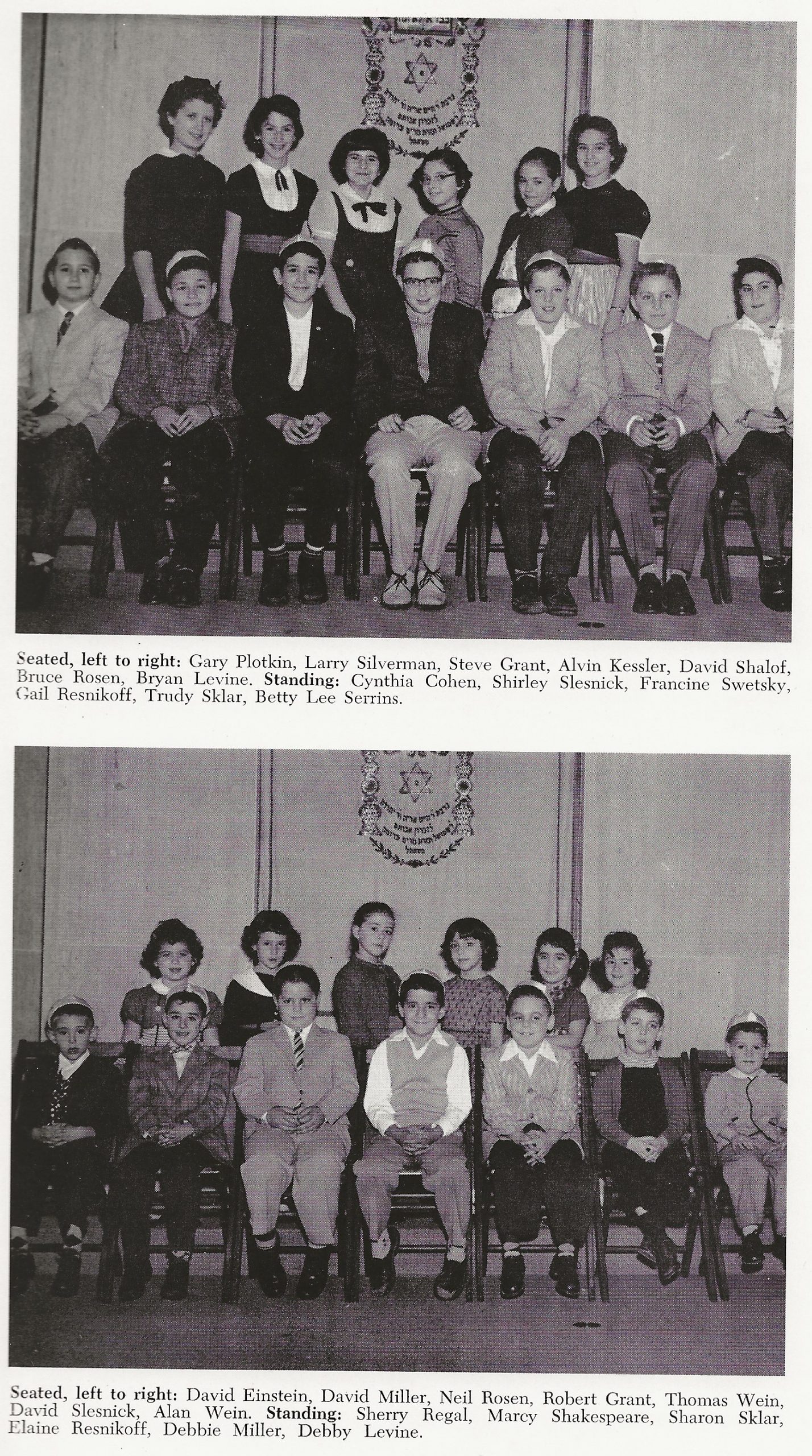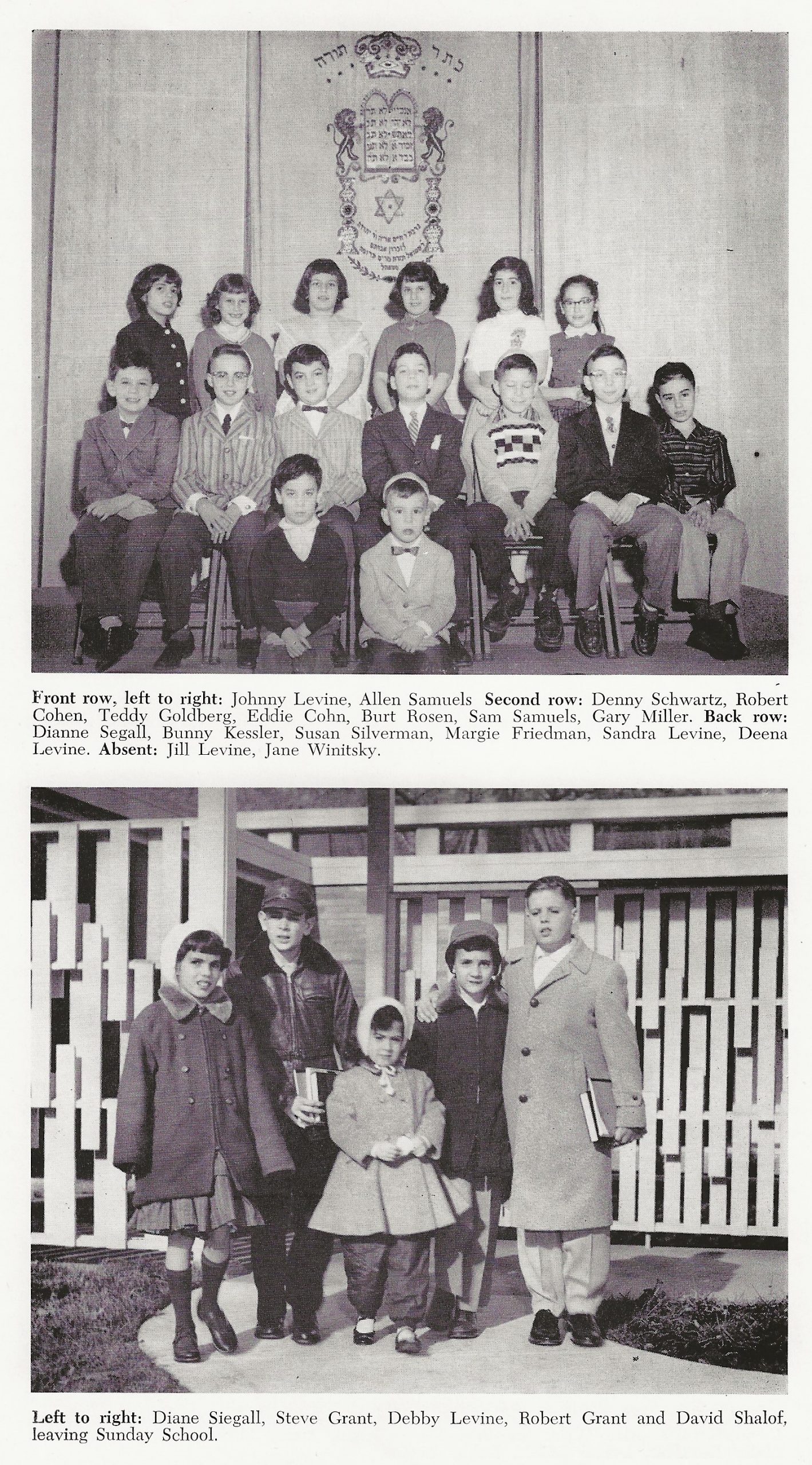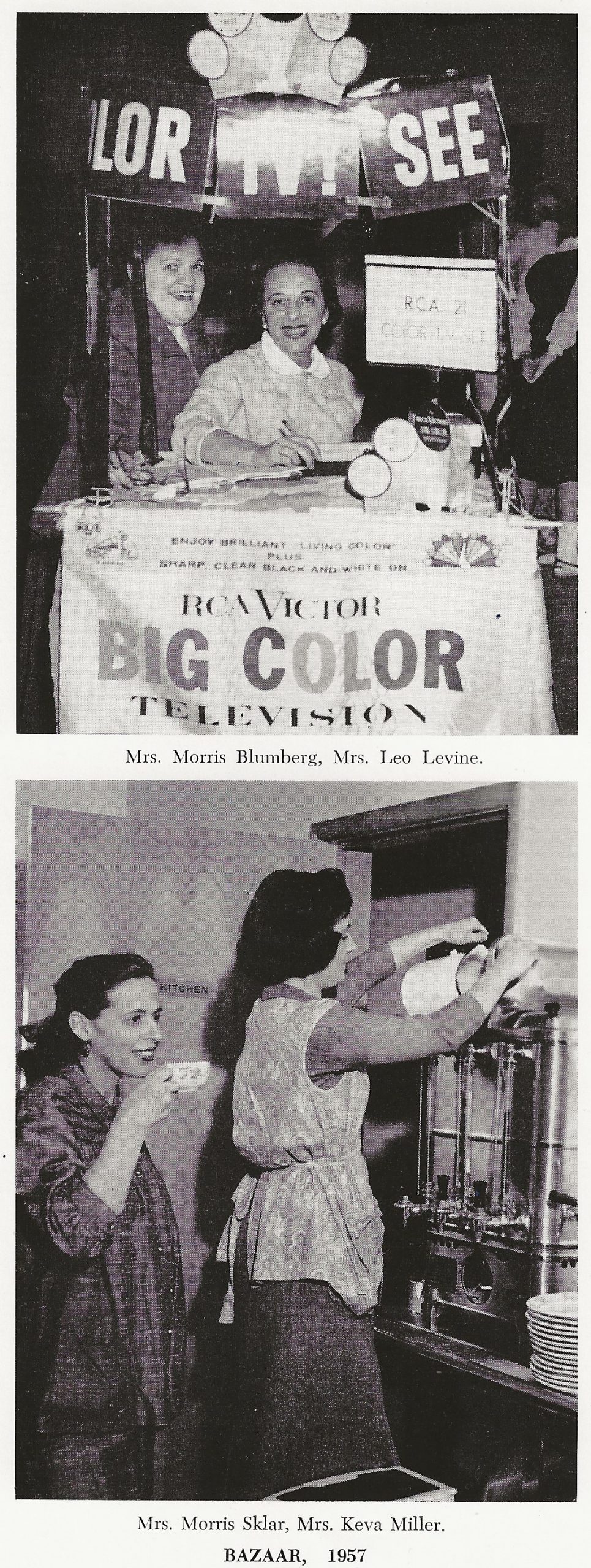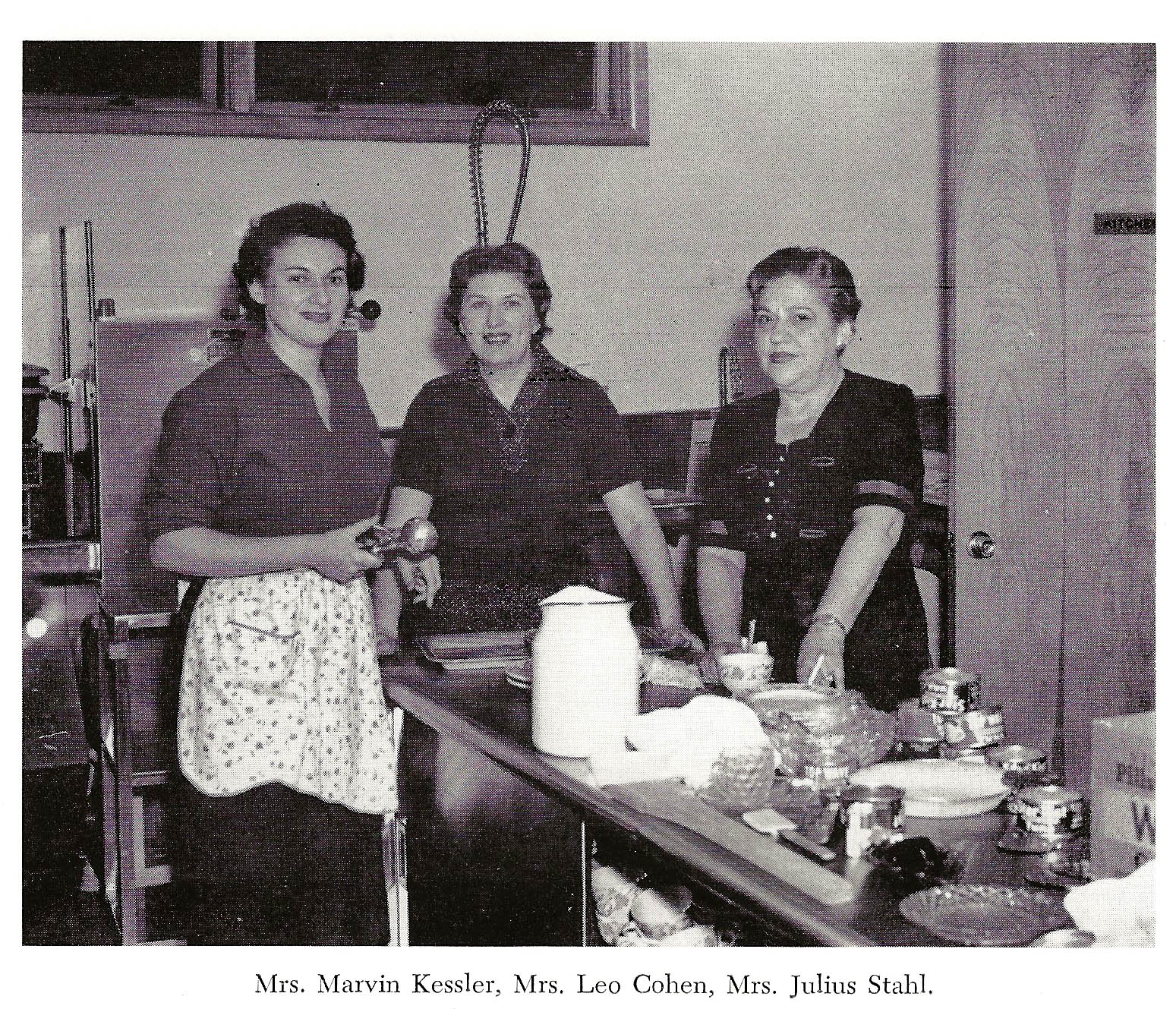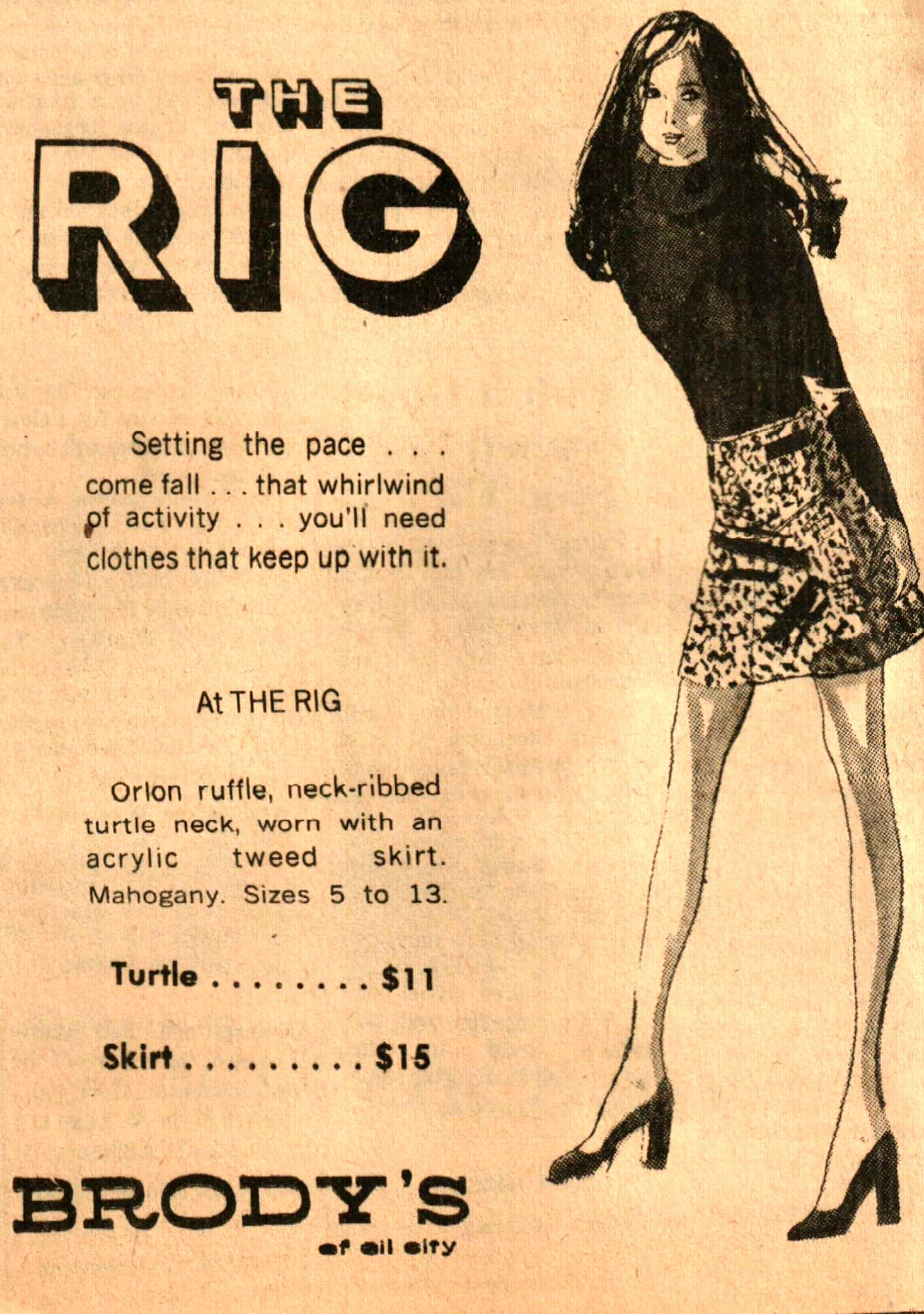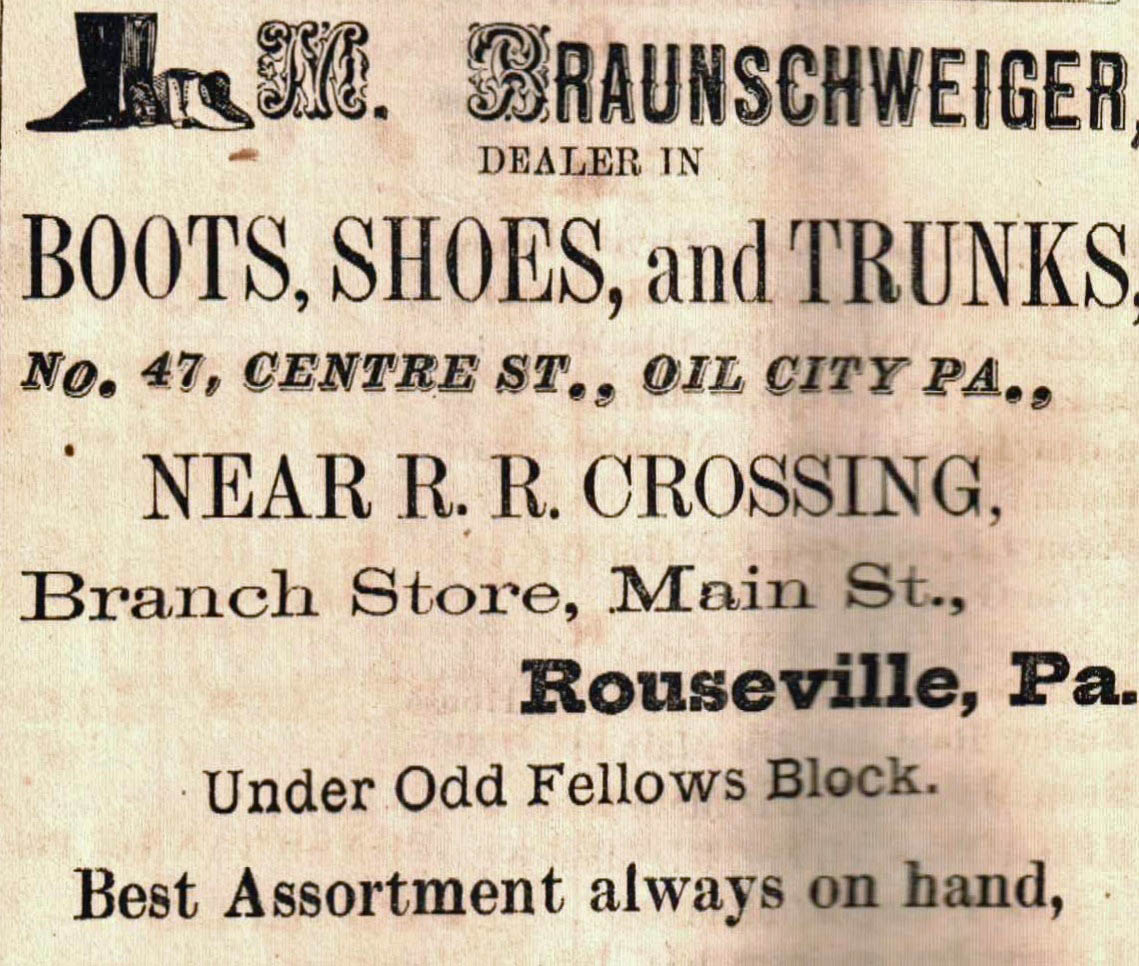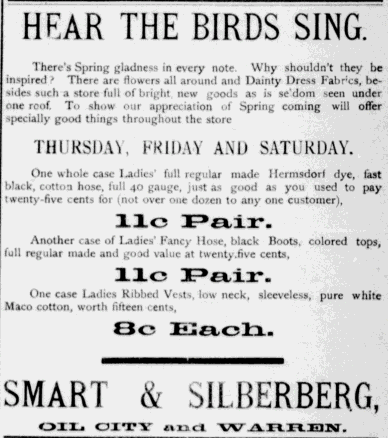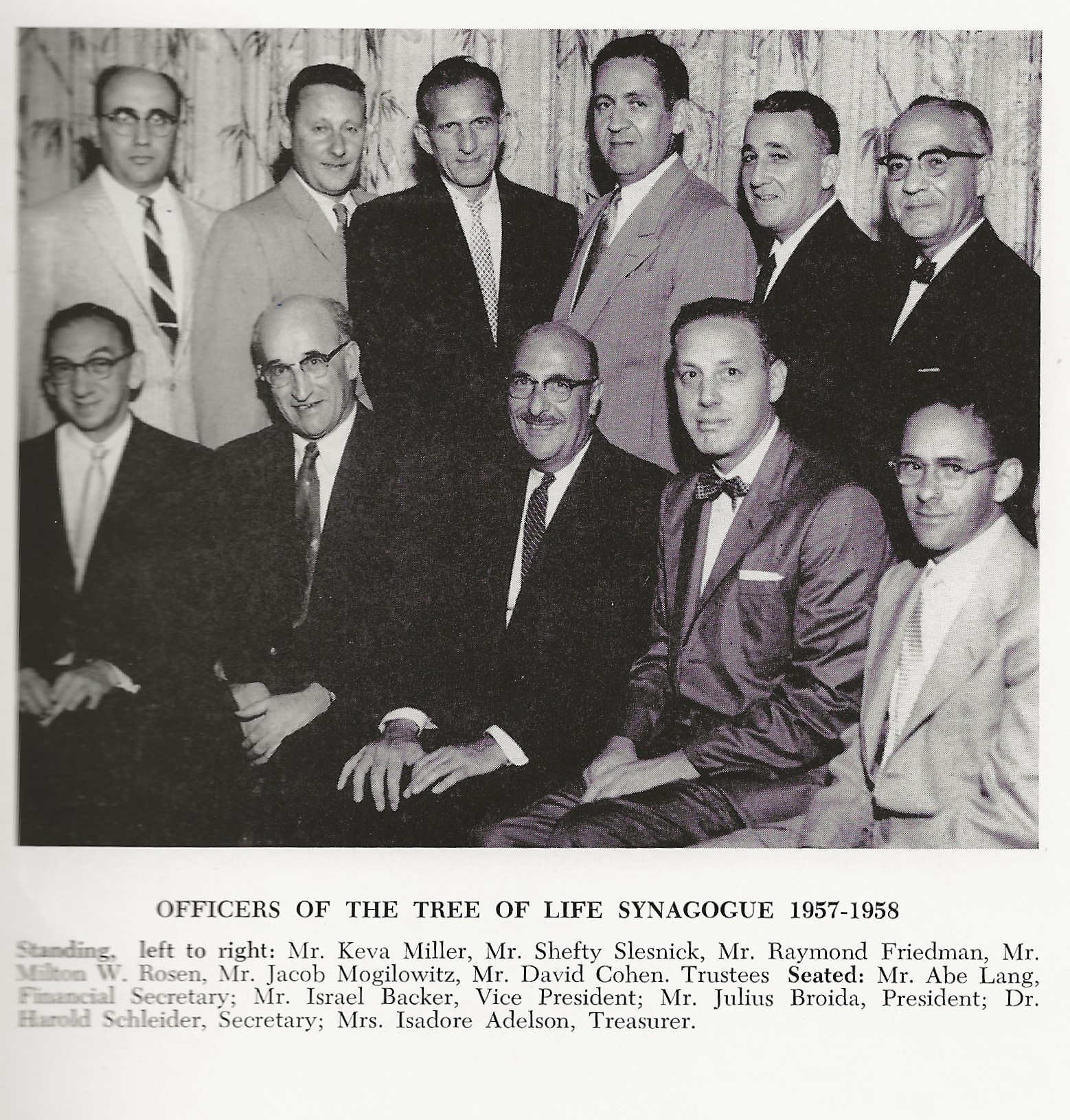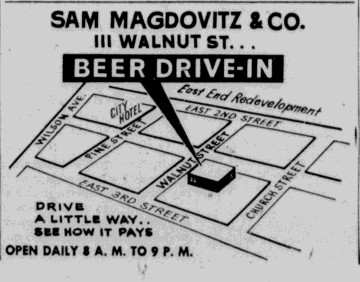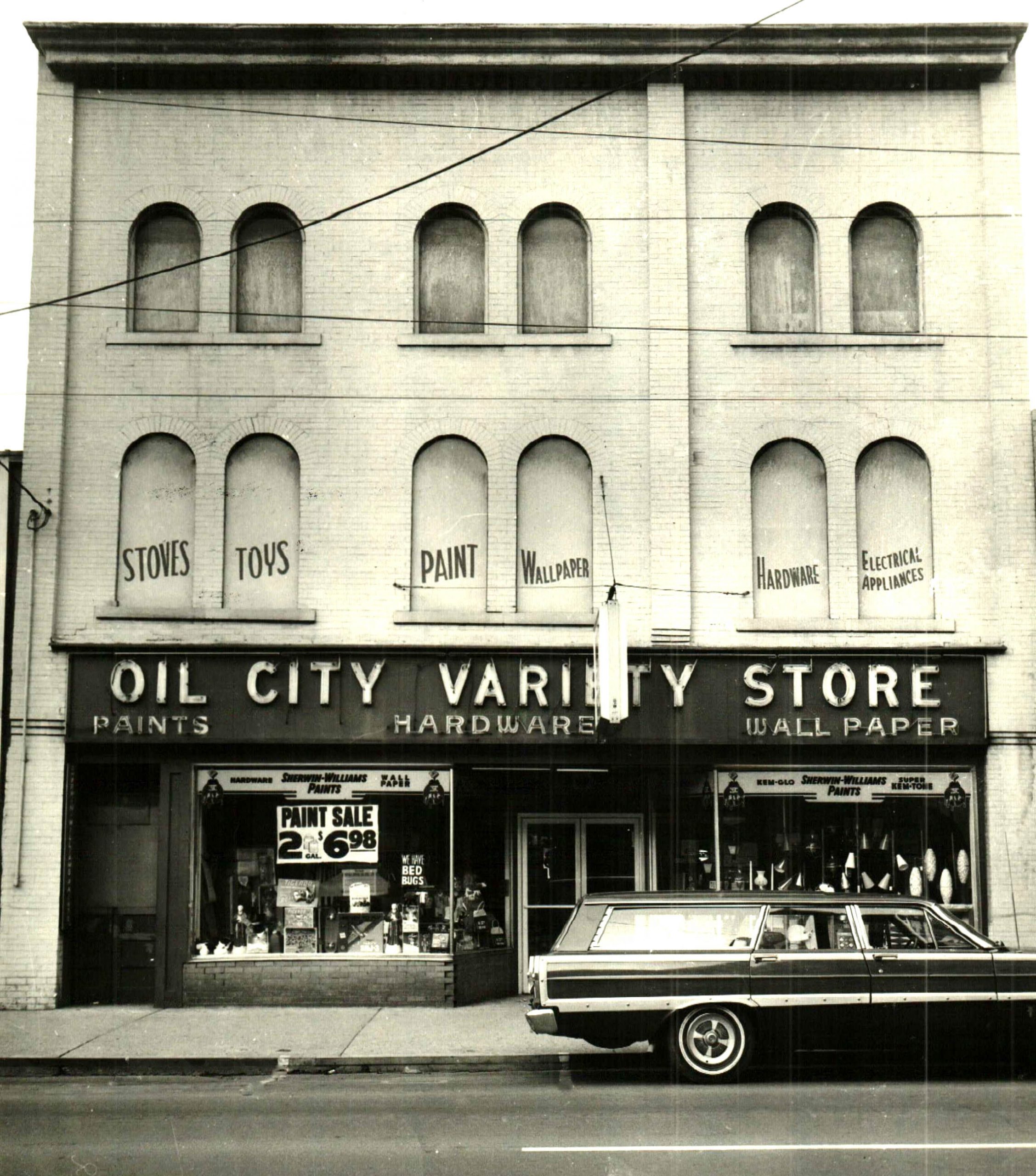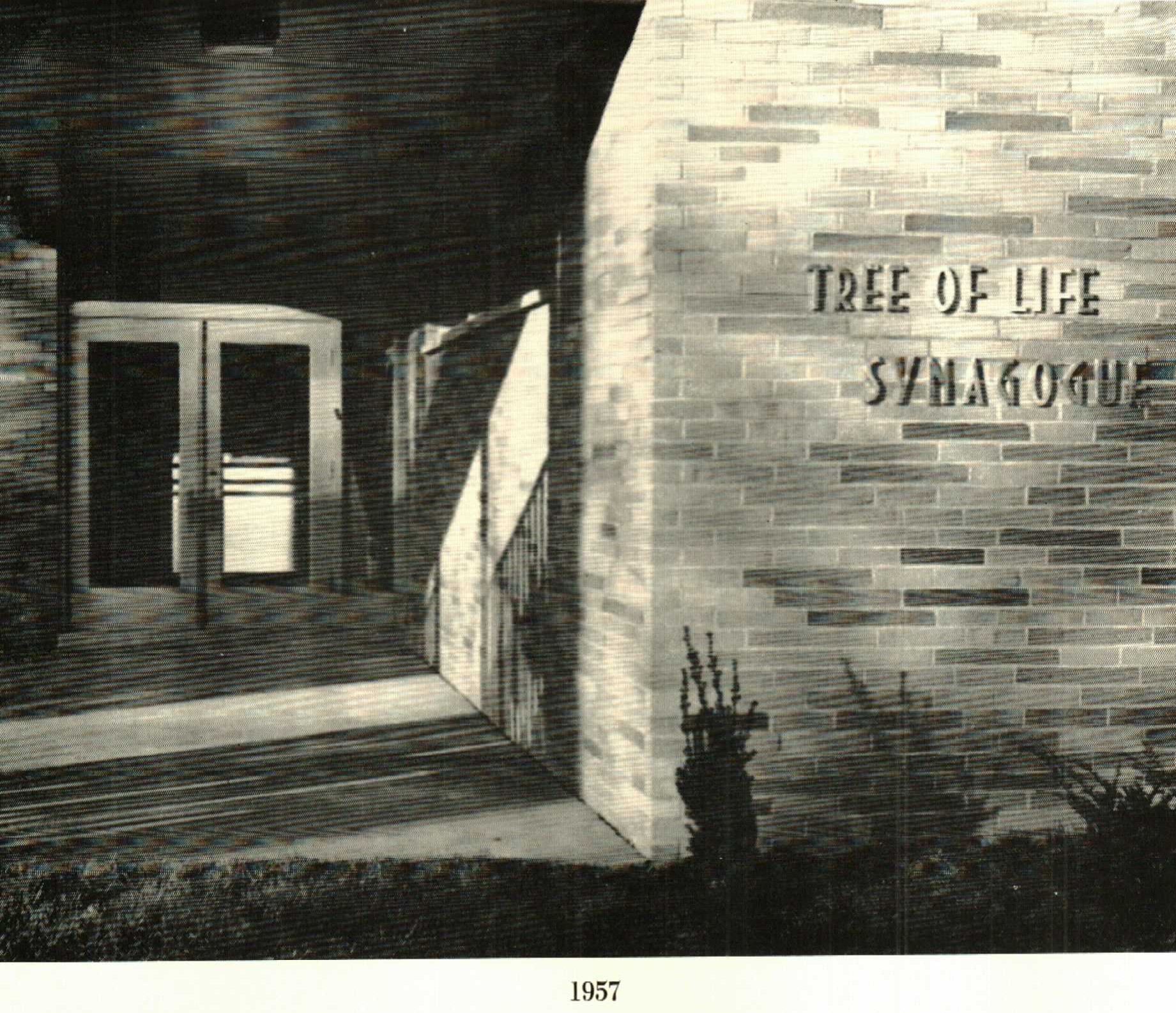The Jewish Community
- Judy Etzel
- February 17, 2023
- Hidden Heritage
- 9797
Oil City once claimed a large and thriving Jewish population with dozens of families living in neighborhoods throughout the town.
In the 1920s, about 155 Jewish families lived within the city’s boundaries while Franklin, Titusville and Clarion claimed slightly smaller numbers.
The influx of Jewish families to the Oil Valley began within a year of Col. Edwin Drake’s successful oil well near Titusville in 1859.
Roxanne Hitchcock of Oil City, a historian who has compiled an extensive history of the city’s Jewish heritage, has noted that “in the 1860s, there were probably at least 100 Jewish peddlers in the oil region, … selling their wares in the main boom towns.”
The opportunities for jobs created by the new oil industry coincided with a major immigration to the U.S. from Europe, most particularly Lithuania, Germany, Poland and Russia. An eagerness to leave worrisome Jewish pogroms there and pursue a livelihood elsewhere prompted Jewish families and others to move into Western Pennsylvania.
They were not necessarily intent on making their fortunes directly in the oil business but rather focused on establishing shops or providing services. Many opened up retail businesses in Oil City’s downtown areas while others maintained offices for medical, legal, accounting and other services.
The First Congregation
In 1891, 10 Jewish families in Oil City gathered together to form a congregation. They chose Simon Cohen as their president and assembled for prayer upstairs in an office building on Elm Street. Services were conducted mostly in Yiddish.
As the congregation grew, the meeting site was changed to the second floor of the Lamberton Bank Building at Seneca and Sycamore. Again, the congregation outgrew its space and a decision was made to build a synagogue.
The congregation, then at 60 families, raised $30,000 and, in 1897, dedicated a new synagogue at 17 Plummer Street. It was a two-story, red brick building that boasted elaborate white trim, two large domes on the roof and ornate stained glass windows.
A New Synagogue is Built
Jewish services were held there until it was decided to build a new house of worship. A new synagogue was built on the site of the former Venango Club on West First Street. Local realtor Julius Stahl, a leader in the Tree of Life Synagogue, had made a deal in early 1952 to buy the club property, then owned by J.D. Trax and Emma R. Roess. The purchase was completed in the fall of 1953 and a new $100,000 synagogue opened in 1958. Leading the building campaign were Milton Rosen and David Cohen. The old synagogue was demolished in 1986, nearly 30 years after the new facility opened.
At the dedication ceremony, Oil City Mayor R.R. VanKirk described the new synagogue as “the top project of the city’s renaissance efforts.” The synagogue, emphasized the Jewish leaders, was to serve as a house of worship, a house of study and a social and cultural center.
The move from the North Side and across the river was due in part to a shift in residency as more Jewish families opted to live on the South Side rather than where the earlier Jewish settlers lived on Palace Hill and nearby neighborhoods.
Involved in the Community
Tree of Life Synagogue records show the depth and ethnicity of the local Jewish community by the immense listing of family names. They include: Lowentritt, Silberberg, Manheim, Levi, Braunschweiger, Jacobs, Schwart, Samuels, Goldberg, Klivan, Baker, Mintz, Michaels, Bayer, Cohen, Magdovitz, Kessler, Miller, Cohn, Levin, Rosen, Regal, Sklar, Pitler, Dannheiser, Mayer, Frey, Wolf, Hoppe, Silverman, Friedman, Einstein, Wein, Slesnick, Shakespeare, Blumberg, Adelson, Schleider, Plotkin, Broadman, Brody, Teig, Stahl and more.
The city’s Jewish population was keenly involved in a wide variety of civic endeavors. The Tree of Life Sisterhood, organized in the early 1900s to assist in the placement of Jewish immigrants from Europe, worked to help European Jewish families and others victimized by the Nazis in World War II. Bazaars, art shows and more were held to raise relief funds.
In World War II, more than one-half of the 100 Jewish families in Oil City had people serving in the military. In 1946, local veterans organized the Carnick-Cohen Post of the Jewish War Veterans Post.
One leading Jewish merchant, Joseph Schultz, owner of the Variety Store in Oil City, may have set a national record for a one-day, one-store sale of War Bonds – any customer who bought a $25 or more bond would get a free gallon of paint. Schultz was out of paint before the end of the day and had sold $11,000 in war bonds.
The Baby Boomer Years
The Jewish community flourished in the 1950s and 1960s with the Oil City synagogue, the only one between Butler and Erie, serving as the key center. The post-World War II baby boom energized the local synagogue.
There was a Jewish Bowling League at the K of C Hall, a rabbi-hosted WKRZ radio program for teenagers, an Hadassah-established Young Judea for Girls, a non-sectarian pre-school, a mixed choir, a Boy Scout Troop, the Young Men’s Hebrew Association basketball team and more.
The local B’nai B’rith at the synagogue hosted a variety of public programs. Tree of Life members provided shows and programs for Polk Center residents. A project to plant trees in Israel as memorials was very popular in the community. The synagogue drew hundreds to its annual Election Day bazaars. The boys’ Hebrew School drew more than 60 teenagers each year.
The Congregation Shrinks
Membership began to drop off in the 1970s and by the mid-1990s it had fallen to 26 families, about one-fourth of what it had been just two decades earlier. The reasons were varied and included: the younger Jewish generation had moved away; the existing Oil City Jewish community was aging; and interfaith marriages and the general trend of people leaving their churches were impactful.
By 1994, the Tree of Life Synagogue was without a full-time rabbi. Longtime member Herb Miller of Franklin was chosen to serve as spiritual leader. Within a few years, the synagogue would no longer be the site for Jewish religious services.
The building now houses the YMCA child care center.
(Most of the photographs for this article were published in the “Dedication: Tree of Life Synagogue” edition published in 1957.)
Written by Judy Etzel with research by Kay Dawson and design by Natalie Cubbon.
HIDDEN HERITAGE IS SPONSORED BY:
Jack Eckert & Susan Hahn
— In Memory of Kay Ensle —
Support This Project
Donations to the library are appreciated to help offset printing costs & make this project possible! Want to become a sponsor? Email us at promotions@oilregionlibraries.org to get started!
Make a Donation

